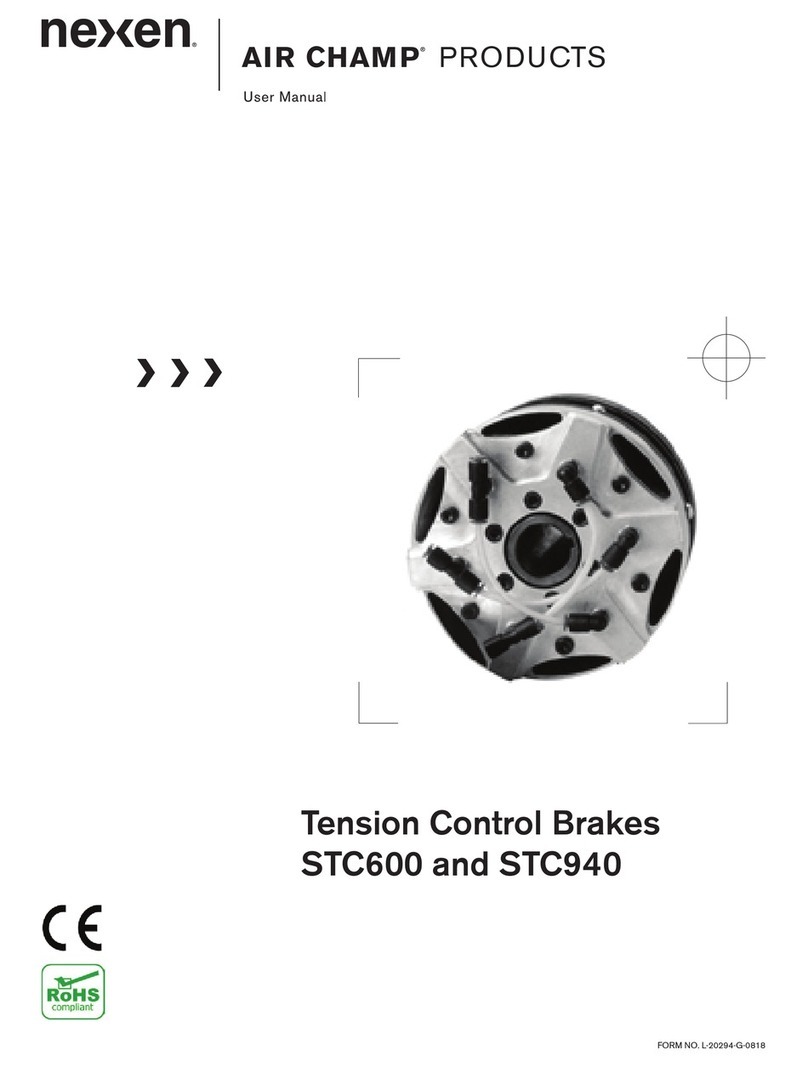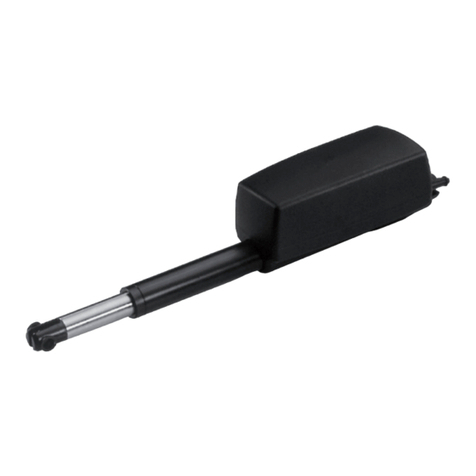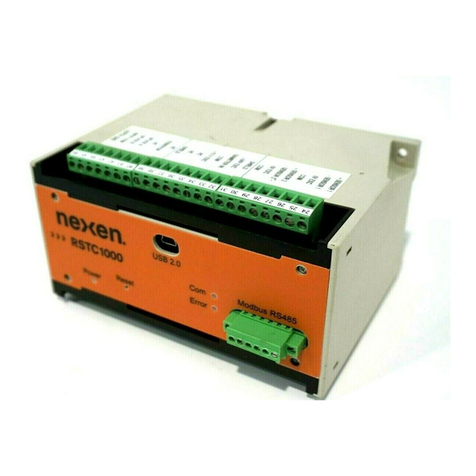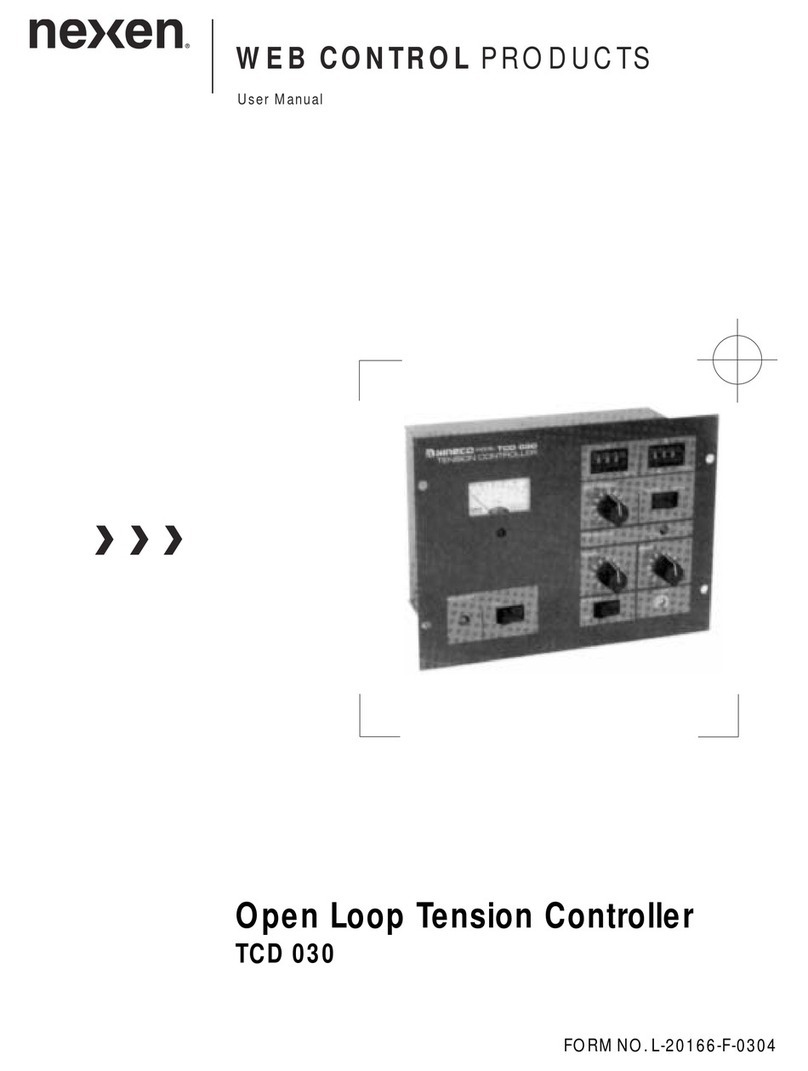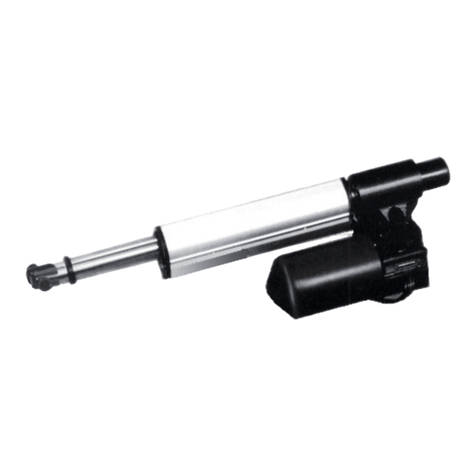
9
FORM NO. L-20341-E-0208
OPERATION
Detailed operation, setup, testing, and troubleshooting for each mode will be described in this section. Modes 3, 6, 9,
and 0 are not operating modes and will be discussed where appropriate within the text.
TABLE 2
OUTPUT CONFIGURATIONS FOR VARIOUS MODES
MODE
NO.
WEB BREAK WEB SPLICE/
DOUBLE SHEET COMMENTS
LAMP RELAY LAMP RELAY
1 NO NO YES YES Speeds of 30-1000 fpm [10-300 m/min]
2 YES YES YES YES
3 YES NO YES NO Sensor calibration Signal for Modes 1, 2, and 7
4 NO NO YES YES Speeds over 1000 fpm [300 m/min]
5 YES YES YES YES
6 YES NO YES NO Sensor calibration Signal for Modes 4 and 5
7 NO NO YES YES Sheet-Feed Machine
8 NO NO NO NO
Not Used
9 NO NO NO NO
0 NO NO NO NO
SHEET FEED MODE (MODE 7)
This mode is used for sheet-fed machinery where the
sheets do not overlap but are separated by a gap be-
tween sheets. During the time when a single thickness
of sheet is passing through the Sensor, the Normal Run
Indicator glows. The Web Break Indicator glows during
the gap between sheets, but the Web Break Relay at
Terminals 7, 8, and 9does not change state. A double
feed will cause the Double Feed/Splice Indicator to glow
and the Web Double Feed/Splice Relay at Terminals 10,
11, and 12 will change state.
If the Output Reset Selector Switch is in AUTO, the Web
Double Feed/Splice Relay will return to its normal state
after approximately 2 seconds. This time delay may set
for any time in the range of 0.2-6 seconds. If the Output
Reset Selector Switch is in MAN, the relay will not return
to its normal state until the Reset Switch (located on the
front panel) is pushed or a momentary contact is made
between Terminals 15 and 16.
TesT Run in sheeT Feed Mode
1. Set the Mode Selector Switch to 7.
2. Set the Web Thickness Selector Switch appropriate
to material being fed.
3. Set the Output Reset Selector Switch as required to
AUTO or MAN.
4. Set the Power Switch to ON.
5. Run the machine and feed sheets as normal.
6. Observe the front panel indicators and compare to
data for Mode 7in Table 1.
7. If errors occur, follow the correction suggestions in
Table 3.
8. The double sheet-feed function can be tested by
pressing the Test Switch. When the red LED in the
Test Switch glows, the double sheet-feed function
can be tested without changing the state of the
double sheet-feed relay at Terminals 10, 11, and 12.
Next, purposely feed two sheets through the Sensor.
The Double Feed/Splice Indicator red LED should
glow for approximately two seconds (if the Output
Reset Selector Switch is set to AUTO), until the
Reset Switch (located on the front panel) is pressed,
or until momentary contact is made from Terminal 15
to 16 in MAN.
9. Press Test Switch again after the test is completed.
The red LED in the Test Switch will go out and the
PC210 is back to normal operation. The relay will
change state when a double feed occurs.
10. Although the above test is required only when a new
material is being run, the test may be performed at
any time during normal operation.
(continued...)






